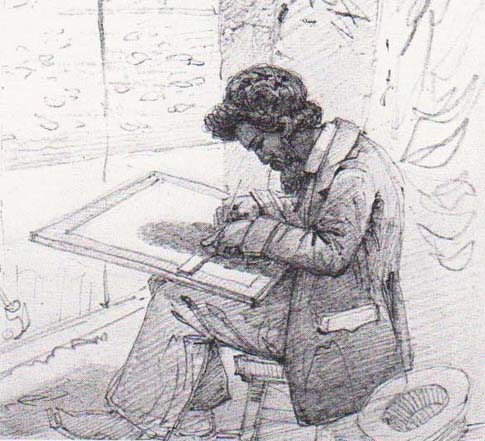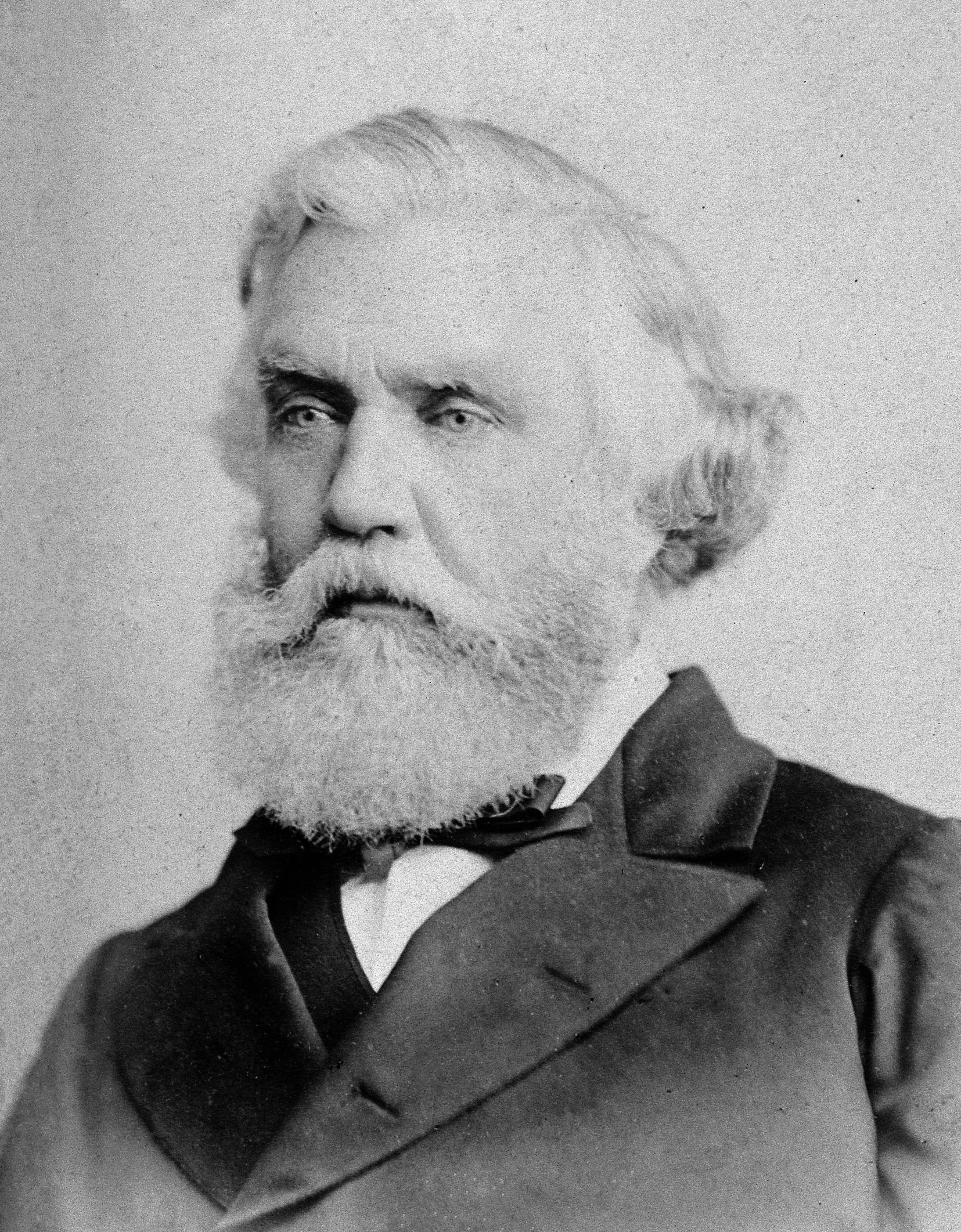|
Velika Attacks (1879)
During the implementation of the Congress of Berlin, when the Principality of Montenegro had received Plav and Gusinje (along with other places), the surrounding Albanian populace under the guise of the Ottomans attacked the Montenegrin forces in Velika at two occasions, on October 9 and November 22, 1879. The Ottomans were defeated. Background According to the decisions of Berlin Congress the territories of Plav and Gusinje (then Scutari Vilayet of the Ottoman Empire) were awarded to Montenegro. Still, the Ottomans did not provide conditions for Montenegro to take over Plav and Gusinje. Officially, they intended to respect the decisions of the congress, but in reality the Ottomans supported the League of Prizren they established, also to avoid fulfilment of the obligations they undertook at the Berlin Congress. The Ottoman governor of Scutari sent ammunition to the local Muslim population of Gusinje in order for them to resist Montenegro. Prelude Until October 1879, Montene ... [...More Info...] [...Related Items...] OR: [Wikipedia] [Google] [Baidu] |
Battles For Plav And Gusinje
The Battles for Plav and Gusinje were armed conflicts between the Principality of Montenegro and the League of Prizren (supported by the Ottoman Empire) that broke out following the decision of the Congress of Berlin (1878) that the territories of Plav and Gusinje (part of former Scutari Vilayet) be ceded to Montenegro. The conflicts took place in this territory between 9 October 1879 and 8 January 1880. The following battles were fought: *Velika attacks (1879), Velika attacks (9 October – 22 November 1879), Montenegrin victory in the first attack, Albanian victory in the second attack *Battle of Novšiće (4 December 1879), Albanian victory *Battle of Murino (8 January 1880), both sides claim victory References * * * * * {{Great Eastern Crisis Principality of Montenegro Ottoman period in the history of Montenegro 1879 in the Ottoman Empire 1880 in the Ottoman Empire Rebellions in Montenegro ... [...More Info...] [...Related Items...] OR: [Wikipedia] [Google] [Baidu] |
Austen Henry Layard
Sir Austen Henry Layard (; 5 March 18175 July 1894) was an English Assyriologist, traveller, cuneiformist, art historian, draughtsman, collector, politician and diplomat. He was born to a mostly English family in Paris and largely raised in Italy. He is best known as the excavator of Nimrud and of Nineveh, where he uncovered a large proportion of the Assyrian palace reliefs known, and in 1851 the library of Ashurbanipal. Most of his finds are now in the British Museum. He made a large amount of money from his best-selling accounts of his excavations. He had a political career between 1852, when he was elected as a Member of Parliament, and 1869, holding various junior ministerial positions. He was then made ambassador to Madrid, then Constantinople, living much of the time in a palazzo he bought in Venice. During this period he built up a significant collection of paintings, which due to a legal loophole he had as a diplomat, he was able to extricate from Venice and beque ... [...More Info...] [...Related Items...] OR: [Wikipedia] [Google] [Baidu] |
1879 In The Ottoman Empire
Events January–March * January 1 – The Specie Resumption Act takes effect. The United States Note is valued the same as gold, for the first time since the American Civil War. * January 11 – The Anglo-Zulu War begins. * January 22 – Anglo-Zulu War – Battle of Isandlwana: A force of 1,200 British soldiers is wiped out by over 20,000 Zulu warriors. * January 23 – Anglo-Zulu War – Battle of Rorke's Drift: Following the previous day's defeat, a smaller British force of 140 successfully repels an attack by 4,000 Zulus. * February 3 – Mosley Street in Newcastle upon Tyne (England) becomes the world's first public highway to be lit by the electric incandescent light bulb invented by Joseph Swan. * February 8 – At a meeting of the Royal Canadian Institute, engineer and inventor Sandford Fleming first proposes the global adoption of standard time. * March 3 – United States Geological Survey is founded. * March 11 – The Ry ... [...More Info...] [...Related Items...] OR: [Wikipedia] [Google] [Baidu] |
19th-century Military History Of Montenegro
The 19th (nineteenth) century began on 1 January 1801 ( MDCCCI), and ended on 31 December 1900 ( MCM). The 19th century was the ninth century of the 2nd millennium. The 19th century was characterized by vast social upheaval. Slavery was abolished in much of Europe and the Americas. The First Industrial Revolution, though it began in the late 18th century, expanding beyond its British homeland for the first time during this century, particularly remaking the economies and societies of the Low Countries, the Rhineland, Northern Italy, and the Northeastern United States. A few decades later, the Second Industrial Revolution led to ever more massive urbanization and much higher levels of productivity, profit, and prosperity, a pattern that continued into the 20th century. The Islamic gunpowder empires fell into decline and European imperialism brought much of South Asia, Southeast Asia, and almost all of Africa under colonial rule. It was also marked by the collapse of the large S ... [...More Info...] [...Related Items...] OR: [Wikipedia] [Google] [Baidu] |
Battles Involving Montenegro
A battle is an occurrence of combat in warfare between opposing military units of any number or size. A war usually consists of multiple battles. In general, a battle is a military engagement that is well defined in duration, area, and force commitment. An engagement with only limited commitment between the forces and without decisive results is sometimes called a skirmish. The word "battle" can also be used infrequently to refer to an entire operational campaign, although this usage greatly diverges from its conventional or customary meaning. Generally, the word "battle" is used for such campaigns if referring to a protracted combat encounter in which either one or both of the combatants had the same methods, resources, and strategic objectives throughout the encounter. Some prominent examples of this would be the Battle of the Atlantic, Battle of Britain, and Battle of Stalingrad, all in World War II. Wars and military campaigns are guided by military strategy, wherea ... [...More Info...] [...Related Items...] OR: [Wikipedia] [Google] [Baidu] |
Battles Involving The Ottoman Empire
List of the main battles in the history of the Ottoman Empire are shown below. The life span of the empire was more than six centuries, and the maximum territorial extent, at the zenith of its power in the second half of the 16th century, stretched from central Europe to the Persian Gulf and from the Caspian Sea to North Africa. The number of battles the empire fought is quite high. But here only the more important battles are listed. Among these, the battles fought in the 20th century (Turco-Italian War, Balkan Wars, and World War I ) as well as the sieges (like the sieges of Constantinople, Cairo, Belgrade, Bagdad, etc.) which most lists include as battles are not shown except in cases where the siege is followed by a battle (i.e. Vienna, Khotyn, Plevna).Prof.Dr.Yaşar Yücel-Prof.Dr.Ali Sevim: ''Türkiye Tarihi II, III, IV'', AKDTYK Yayınları, İstanbul, 1990, List of battles (Color legend for the location of the battle) The sultans of the Ottoman Empire participa ... [...More Info...] [...Related Items...] OR: [Wikipedia] [Google] [Baidu] |
Conflicts In 1879
Conflict may refer to: Arts, entertainment, and media Films * ''Conflict'' (1921 film), an American silent film directed by Stuart Paton * ''Conflict'' (1936 film), an American boxing film starring John Wayne * ''Conflict'' (1937 film), a Swedish drama film directed by Per-Axel Branner * ''Conflict'' (1938 film), a French drama film directed by Léonide Moguy * ''Conflict'' (1945 film), an American suspense film starring Humphrey Bogart * ''Catholics: A Fable'' (1973 film), or ''The Conflict'', a film starring Martin Sheen * ''Judith'' (1966 film) or ''Conflict'', a film starring Sophia Loren * ''Samar'' (1999 film) or ''Conflict'', a 1999 Indian film by Shyam Benegal Games * ''Conflict'' (series), a 2002–2008 series of war games for the PS2, Xbox, and PC * ''Conflict'' (video game), a 1989 Nintendo Entertainment System war game * '' Conflict: Middle East Political Simulator'', a 1990 strategy computer game Literature and periodicals * ''Conflict'' (novel) ... [...More Info...] [...Related Items...] OR: [Wikipedia] [Google] [Baidu] |
Andrijevica
Andrijevica (Montenegrin Cyrillic: Андријевица, ) is a town and the seat of Andrijevica Municipality in eastern Montenegro. According to the 2011 census, it has a population of 1,048. History The town of Andrijevica is a relatively new settlement, as its first rudiments begin in the middle of the nineteenth century. However, the territory the municipality is for a long time the area of human activity and space with numerous settlements that appeared and disappeared during the history. Archaeological research of the ''Institute for monuments protection'' from Cetinje in 1956, it was discovered that traces of materialculture from Neolithic period exist in Berane valley. In addition, traces of the Illyrian culture were found also, so it can be assumed that the environment of Andrijevica was ecumenical space of numerous groups of people. Remainders of Roman settlements are also present in Berane valley, as well as in the vicinity of Andrijevica town. During the Middle age ... [...More Info...] [...Related Items...] OR: [Wikipedia] [Google] [Baidu] |
Battle Of Novšiće
The Battle of Novšiće ( sr, Boj na Novšiću/Бој на Новшићу; Bitka na Novšićima/Битка на Новшићима, sq, Beteja e Nokshiqit) was a battle for control over Plav and Gusinje fought on 4 December 1879 between the forces of Principality of Montenegro led by Marko Miljanov and local pro-Ottoman forces which included irregulars of the League of Prizren, both commanded by Ali Pasha, the Kaymekam of Gusinje. "ihnen auf dem Berliner Kongreß als Gebietsabtretung der Türkei zugesprochen worden waren, militärisch einzunehmen. Die Bewohner des Gebirgstals am oberen Lim verteidigten unter Leitung des Ali Pascha von Gusinje ihre Heimat gegen die Montenegriner. Die historische Schlacht bei Novšiće (alb. Nokshiq) vom 4. Dezember 1879 endete mit einem Sieg der Albanischen Liga; die Montenegriner mußten sich zurückziehen." The League of Prizren consisted mainly of Albanians and from Plav and Gusinje in Scutari Vilayet and irregulars from Kosovo Vilayet. ... [...More Info...] [...Related Items...] OR: [Wikipedia] [Google] [Baidu] |
River Lim
The Lim (Serbian Cyrillic: Лим, ) is a river that flows through Montenegro, Serbia and Bosnia and Herzegovina and is long.Statistical Yearbook of Montenegro 2017, Geography Statistical Office of Montenegro It is also the right and the longest tributary of the . Montenegro and Serbia [...More Info...] [...Related Items...] OR: [Wikipedia] [Google] [Baidu] |
Northern Albanian Tribes
The Albanian tribes ( sq, fiset shqiptare) form a historical mode of social organization (''farefisní'') in Albania and the southwestern Balkans characterized by a common culture, often common patrilineal kinship ties tracing back to one progenitor and shared social ties. The ''fis'' ( sq-definite, fisi; commonly translated as "tribe", also as "clan" or "kin" community) stands at the center of Albanian organization based on kinship relations, a concept which can be found among southern Albanians also with the term ''farë'' ( sq-definite, fara). Inherited from ancient Illyrian social structures, Albanian tribal society emerged in the early Middle Ages as the dominant form of social organization among Albanians. The development of feudalism came to both antagonize it, but also slowly integrate aspects of it in Albanian feudal society as most noble families themselves came from these tribes and depended on their support. This process stopped after the Ottoman conquest of Albania ... [...More Info...] [...Related Items...] OR: [Wikipedia] [Google] [Baidu] |







